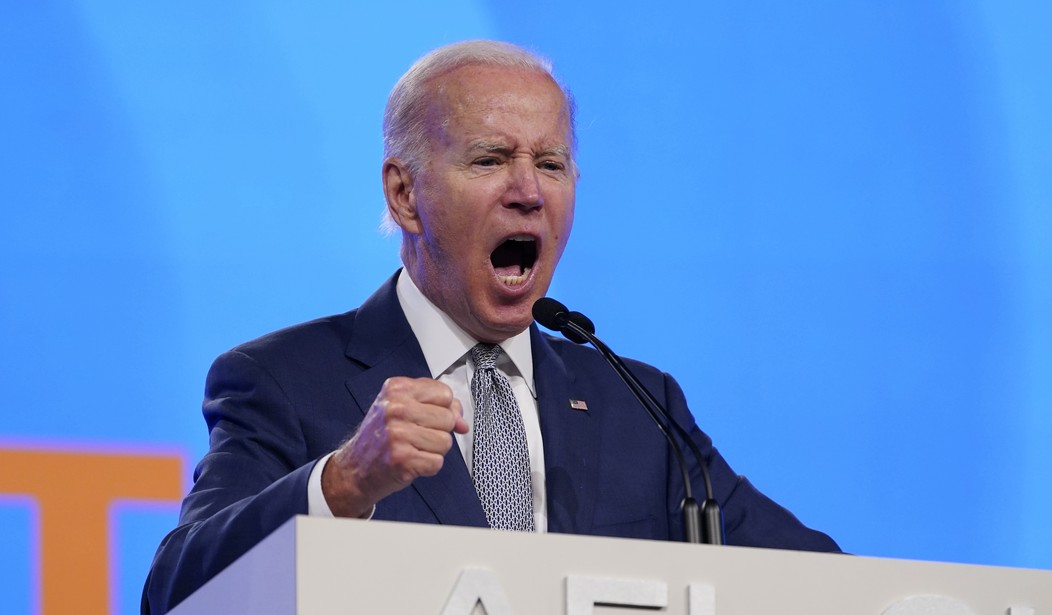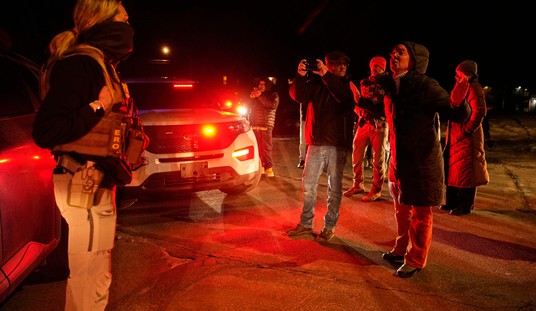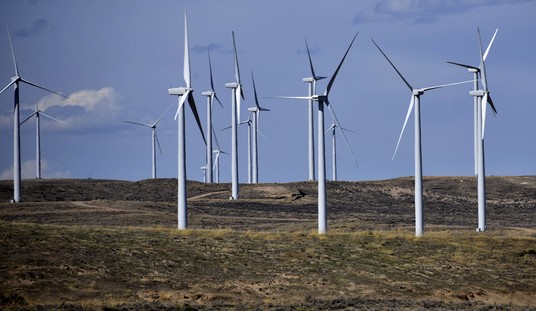While the three of us studied macroeconomics in different decades, and many in Washington adhere to macroeconomic principles different from ours, we agree the majority of our current 8.6% CPI inflation rate is not due to global supply chain bottlenecks and the Ukraine War. Most responsible is the roughly $6 trillion the Trump and Biden Administrations spent on COVID relief and economic recovery, President Biden’s reregulation of the U.S. economy, and the dramatic expansion of the Federal Reserve’s (FED’s) balance sheet from $4.14 trillion (January 2020) to about $9 trillion (May 2022).
U.S. fiscal, monetary and regulatory policies since early 2020 are the primary cause for a pending recession over the next 12 to 18 months (if we are not in one already) and are being validated by the following eight predictive indicators.
1. Inverted Yield Curve
Since 1955, an inverted yield curve preceded every recession, except one. Earlier in 2022, the two-year treasury rate inverted to the ten-year treasury rate, while the five-year inverted to the 30-year. Raising short-term interest rates to curb inflation also pushes us toward recession.
2. The “Rule of 4% / 5%”
For over a year, former U.S. Treasury Secretary Larry Summers has said current inflation is not transitory but is caused largely by excessive government spending and expansionary monetary policy. Further, Summers proves since 1955 when the U.S. Consumer Inflation Rate exceeds 4% and the U.S. Unemployment Rate falls below 5%, the economy becomes over-stimulated with a recession following within two years. The “Rule of 4% / 5%” occurred in September 2021.
3. Used Car Prices as a leading indicator of recession
Former U.S. Federal Reserve chairman Alan Greenspan argued falling U.S. used car prices would directly or shortly thereafter be accompanied by reduced sales of used cars. He noted this correlation would take place when inflation increased at a faster pace than wages resulting in a decline in real incomes leaving consumers with reduced purchasing power. A slowing economy follows leading to a recession or depression. Prior to March, U.S. used car prices were up roughly 40% on an annualized basis. However, in March 2022, used car prices were down 3.8% according to the U.S. Bureau of Labor Statistics, while sales of used cars less than 10 years old were down 27% when compared to March 2021. Buyers of used cars in March 2022 were taking 171 days to shop compared with 89 days in March 2021.
Recommended
Additionally, higher interest rates should slow down the economy as the cost of financing homes, automobiles and other large ticket items becomes more costly, as evidenced by the slowing of used car sales and a sharp increase in mortgage rates – reaching 5.11% on April 21st.
4. Tracking Quarterly U.S. GDP
There have only been two negative quarters of U.S. GDP since 1945 that were not followed by a second negative quarter of GDP and a technical recession; they were in 1961 and 1970. In addition, there has never been a negative quarter of GDP greater than -1% where it was not followed by a second negative quarter and a recession since 1945. Revised Q1 2022 GDP went from -1.4% to -1.5% recently. This is not a good sign for the economy almost halfway into 2022, especially since the Federal Reserve Bank of Atlanta recently downgraded its GDP forecast for Q2 to 0.9%, down from 2.4% growth in May.
5. Stock Market Parallels and The Great Depression
On May 20, 2022, the Dow Jones Industrial Average (DJIA) experienced its eighth straight week of decline – not seen since 1932. In fact, the Dow Jones Industrial average has been volatile throughout President Biden’s administration (30,930.52 on Inauguration Day; an all-time closing high of 36,799.65 on January 4, 2022; 31,253 on May 20, 2022; and, just under 31,393 on June 10th).
6. The National Federation for Independent Business (NFIB)
The NFIB, tracks quarterly small business economic trends (since 1973) and conducts monthly surveys (since 1986). Its latest survey data released on the second Tuesday of April 2022 reflects an all-time record low for business confidence.
7. The University of Michigan Consumer Sentiments Index
The University of Michigan’s Consumer Sentiments Index, perhaps the most respected tool for tracking consumer confidence was down 14% from May in its preliminary June release last week. The June preliminary report came in at 50.2, down 8.2 from May, registering its lowest recorded value since the recession of 1980.
8. Most recent CNBC’s CFO Council Survey Results
In a recent CNBC survey of top corporate chief financial officers (CFOs), the consensus is for the Dow Jones Industrial Average to decline 18% from its 2022 high to roughly 30,000 before it can realize a sustainable rebound. Every CFO in the survey believes a U.S. recession can’t be avoided, with 68% predicting a recession by the end of the first half of 2023, while the remaining 32% believe a recession will occur by the end of 2023 or sooner.
Today's June 14th release of the May Producer Price Index (PPI) came in up 10.8% year over year and 0.8% for May up from 0.5% in April. The data unfortunately reinforces higher future inflation projected in the June 10th CPI report. We do not believe our current Federal Reserve Board has the policy knowledge, courage and now time to reduce inflation, navigate a soft landing and avoid a recession. Finally, we believe the Biden Administration’s call for higher taxes on business and the wealthy while increasing government spending will only add fuel to our current inflationary fire and make a certain future recession longer and more destructive if adopted.
About the authors:
Dr Timothy G. Nash is director of the McNair Center at Northwood University.
Mr. James Hop is chair of the Entrepreneurship Department and a McNair Fellow at Northwood University.
Mr. Jared La Rue is a DeVos Graduate School Student and a McNair Center Scholar at Northwood University.























Join the conversation as a VIP Member